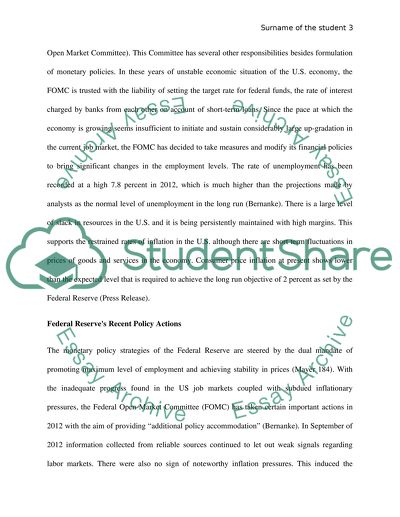Cite this document
(“U.S. Monetary Policy and International Implications Essay”, n.d.)
U.S. Monetary Policy and International Implications Essay. Retrieved from https://studentshare.org/macro-microeconomics/1478683-us-monetary-policy-and-international-implications
U.S. Monetary Policy and International Implications Essay. Retrieved from https://studentshare.org/macro-microeconomics/1478683-us-monetary-policy-and-international-implications
(U.S. Monetary Policy and International Implications Essay)
U.S. Monetary Policy and International Implications Essay. https://studentshare.org/macro-microeconomics/1478683-us-monetary-policy-and-international-implications.
U.S. Monetary Policy and International Implications Essay. https://studentshare.org/macro-microeconomics/1478683-us-monetary-policy-and-international-implications.
“U.S. Monetary Policy and International Implications Essay”, n.d. https://studentshare.org/macro-microeconomics/1478683-us-monetary-policy-and-international-implications.


